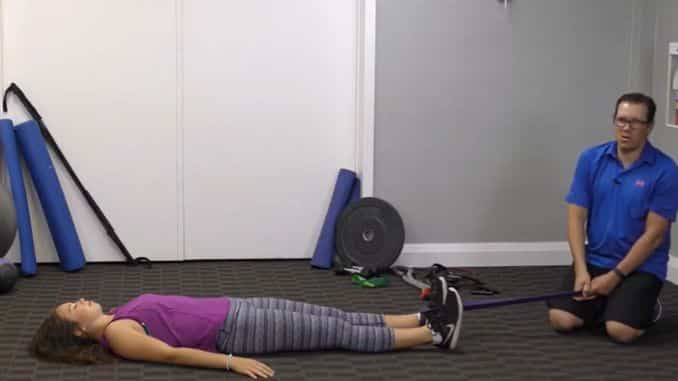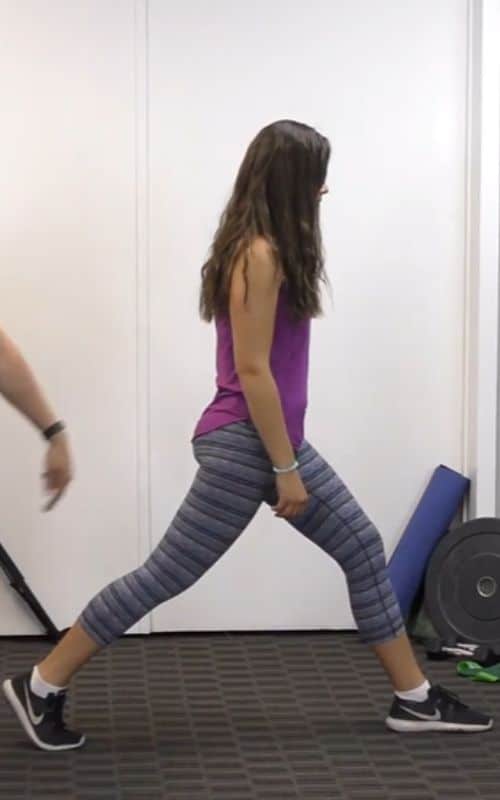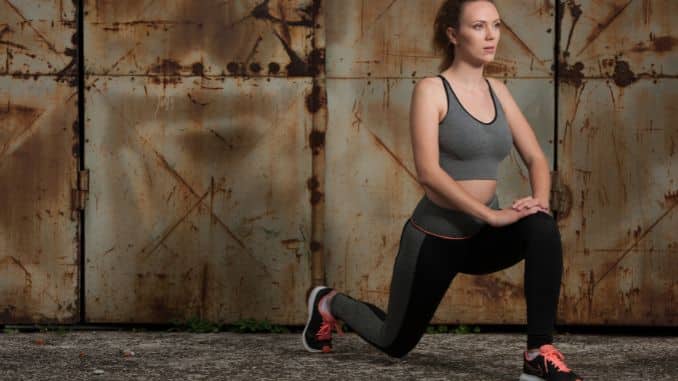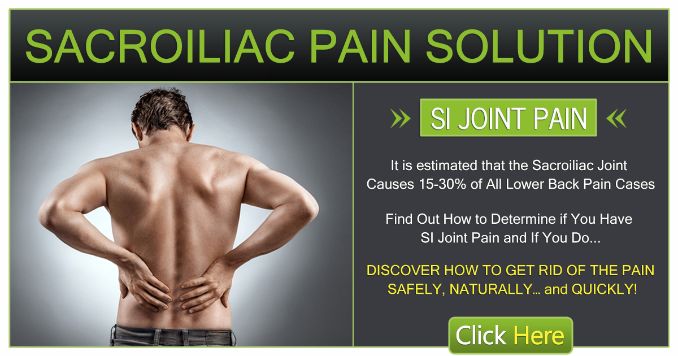Hip pain can make everyday movement—from walking to sitting—feel uncomfortable or even unbearable, but incorporating hip pain stretches may help relieve discomfort and then improve mobility.
Whether you’re recovering from recent hip surgery, sitting for long periods, or just dealing with tight hip flexors, the right hip pain [1] stretches can make a world of difference.
These simple stretches are designed to relieve tightness, increase mobility, and then reduce tension in your hip flexors, joints, and then surrounding muscles.
However, they’re safe for all fitness levels, and then most require minimal equipment.
1. Tubing Hip Pull

How to Do it:
- Lie on your back with your left leg straight and then your body in alignment.
- Wrap a resistance exercise band or towel around the right foot.
- After that, have a partner gently pull the tubing, or anchor it securely to create tension.
- Keep your knee straight and hold for 20 seconds.
- After that, repeat on the other leg.
Hip stretches to relieve pain are great for gently stretching the hip joint, muscles, and tissues. They help relieve hip flexor pain.
2. Standing Knee to Chest and Leg Back
How to Do it:
- Stand tall, placing one hand on the wall for support.
- Lift your left knee toward your chest, bend your knees, and then gently press it with your hand.
- Then extend the left leg back to feel a stretch in the front of your hip.
- Return to the starting position. Perform 5 reps, then switch sides.
Activates blood flow, stretches the hip flexors, and then warms up the upper body and glutes.
3. 90/90 Hip Flexors Stretch
How to Do it:
- Basically, stand hip-width apart with feet flat to perform hip stretches to relieve pain.
- Step back with your right leg and then lower the right knee to the floor.
- Both knees should form 90-degree angles; shift hips forward to feel a stretch.
- Hold for 20 seconds.
- After that, repeat on the other side.
Targets deep hip flexor muscle. Perfect for improving posture and then relieving tightness.
4. Standing Hip Flexors Stretch

How to Do it:
- From a standing position, step forward with your left foot.
- Keep the right heel elevated, right leg straight, and then knees bent.
- Engage core and then lean forward to stretch the hip flexors.
- Hold 20 seconds.
- After that, repeat on the other leg.
Ideal for tight hip flexors, especially after sitting or workouts.
5. Standing Hip Flexor Stretch with Twist Inward
How to Do it:
- Basically, repeat the stance from the previous stretch.
- Extend arms straight forward at shoulder width.
- After that, gently twist your upper body away from your back (extended) leg.
- Feel the pull in the hip joint.
- Return and then repeat 5 reps per side.
Combines flexibility with spinal mobility. Excellent for sports medicine routines.
6. Standing Hip Flexor Stretch (Twist Out)
How to Do it:
- Same stance, but now twist toward your extended right leg.
- After that, engage your core, arms extended, and hold briefly.
- Perform 5 reps on each side.
Strengthens and stretches obliques and then hips—great for rotation-based activities.
Why These Stretches Matter
Ignoring hip pain or hip flexor pain can lead to long-term complications and then reduced mobility.
Incorporating these simple stretches into your daily routine can:
- Reduce hip pain naturally
- Relieve tightness in your hip flexors [2] and hip muscles
- Increase blood flow and then range of motion
- Support recovery from recent hip surgery
- Protect against future injury
- Even just 5–10 minutes a day of these basic stretches can bring lasting relief and boost how your hip joint functions.
“Tight hip flexors are one of the most common and overlooked contributors to low back and hip pain, especially in people who sit for long periods. Regular stretching—like standing hip flexor stretches or the 90/90 hip stretch—can significantly improve hip mobility, reduce discomfort, and prevent long-term issues with posture and gait.”
— Dr. Jordan Metzl, MD, Sports Medicine Physician at Hospital for Special Surgery (HSS), New York City
Tips for Best Results
- Always warm up before stretching.
- Perform each stretch slowly and then gently.
- Hold each position long enough to feel the benefit, but never force a stretch.
- Consult your healthcare professional or healthcare provider if you’re recovering from injury.
- For deeper relief, aim to perform more repetitions as flexibility improves.
Bonus Tip: Add a Butterfly Stretch!
For seated flexibility, try the Butterfly Stretch:
- Sit on the floor, bend your knees, and press the soles of your feet together.
- Keep your back straight and gently push your knees toward the ground.
- This enhances hip adductor muscles and supports the flexibility of the hip and groin.
Final Thoughts
Whether you’re dealing with hip pain from inactivity, overuse, or injury, these stretches to relieve discomfort are a low-impact, effective solution.
Commit to these hip pain stretches, and you’ll start noticing reduced tension, increased mobility, and a greater range of motion in your daily life.
Frequently Asked Questions
How often should I stretch to relieve hip pain?
Aim to perform hip stretches daily, especially if you sit for long periods or experience chronic hip flexor pain. Doing these simple stretches 5–10 minutes a day can help relieve tightness and improve blood flow to the hip joint.
Can stretching help after recent hip surgery?
Yes, but only under the supervision of a healthcare provider. Post-surgery, gentle stretches like straight leg raises or seated butterfly stretches can help increase mobility and support healing. Always follow your healthcare professional’s guidance.
Is hip pain always caused by tight hip flexors?
Not always. While tight hip flexors are a leading cause—especially from prolonged sitting—hip pain can also stem from arthritis, bursitis, poor posture, or muscular imbalances. However, a proper diagnosis from a healthcare professional is key.


